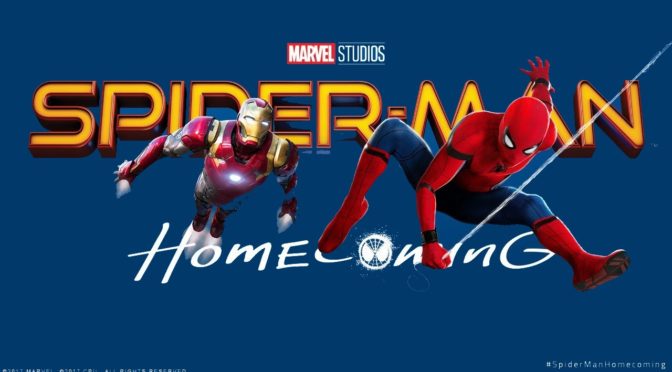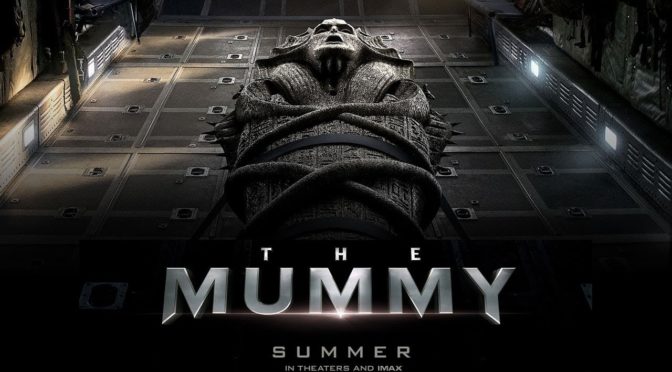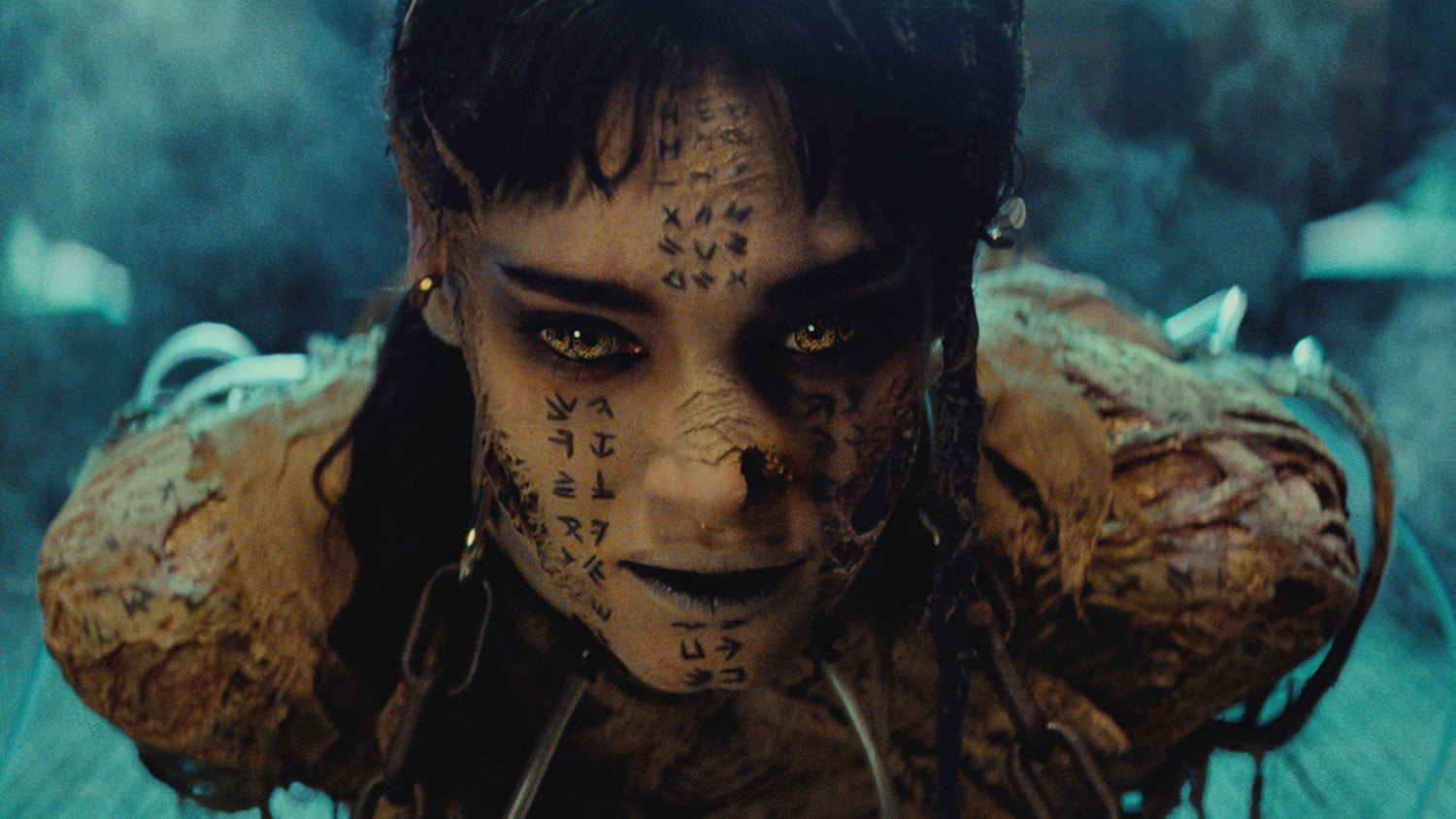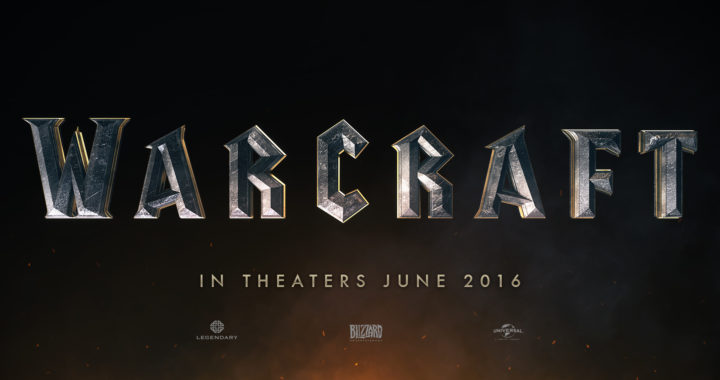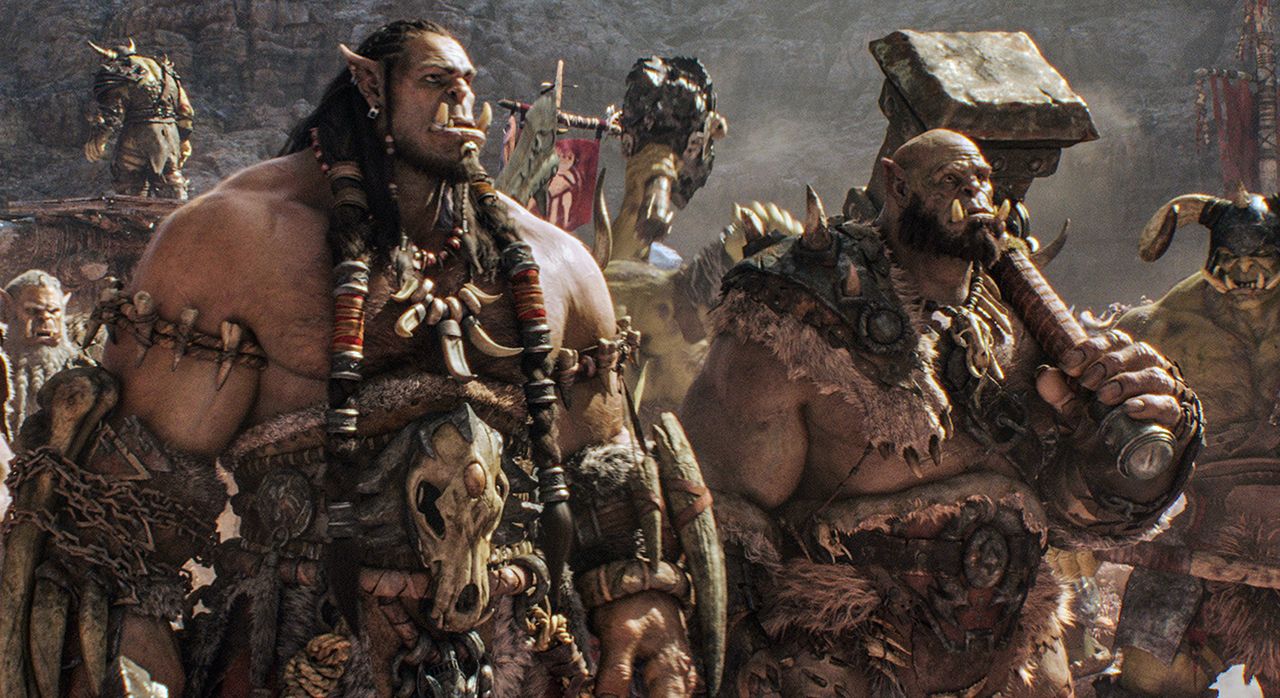After years of begging for Sony to let go of their biggest franchise, we finally have a Marvel produced Spider-Man. This film stars Tom Holland as Peter Parker and picks up after the events of Captain America: Civil War. Peter spends his afternoons as Spider-Man doing small deeds around Queens instead of the high-stakes battles we are used to. He wants to have more responsibility and gets his wish with The Vulture (Michael Keaton; Birdman). The Vulture uses alien technology to create and sell deadly weapons of immense power that rival, and perhaps eclipse, Spider-Man’s own abilities.
The writers (there were six in total) make the smart decision to skip over Spider-Man’s origin. The Amazing Spider-Man movies suffered from their familiarity and Homecoming avoids that pitfall by (correctly) assuming the audience already knows his backstory. The script instead treats being a superhero like an extracurricular activity. It focuses on Peter attempting to balance his schoolwork, friendships, and trying to impress Tony Stark enough to become a full Avenger. This turns the film into equal parts superhero and coming-of-age story, one with an incredibly likeable supporting cast. As he deals with his best friend, his bully, and his potential love interest, Peter becomes the relatable character we know and love. At his heart, Peter Parker is a good, smart kid. He’s a nerd and isn’t the cocky, often creepy version played by Andrew Garfield. The writing and choice to cast actors actually passable as teenagers allows the characters to becoming endearing and believable.

The film does still suffer from some rapid editing and cliché plot points. The origin of the Vulture is cut together at blistering speed with a hastily added title card used to leap forward in time. This was clearly done to limit the potentially long runtime, but starts the movie on rocky footing. Then the movie resorts to an overused epiphany during the mandatory action set piece where Spidey hears a guiding voice during his moment of crisis that gives him the strength needed to overcome his current obstacle. These are both unfortunate realities created by the requirements of the genre, but don’t detract from the overall enjoyment.
This may be the first superhero film in years to produce any amount of sustained tension. Typically, fight scenes are major in scale but minor in impact. How can we worry about whether a character lives or dies when we know they are already slated for a sequel and know that they make their studio too much money to kill off? Spider-Man breaks this trend with one particular revelation that will come out of nowhere, but makes perfect sense in the context of the story. It plays on an already tense situation for teenagers but adds a physical threat. This is helped by Michael Keaton as one of Marvel’s only interesting villains. Note that he is an ordinary villain and intentionally not the super kind. He doesn’t desire global domination, but rather has the modest goal to take care of his family and his employees. The reason for his villainous turn is also convincing. His small salvage team loses their contract with the City of New York to Tony Stark’s company after the destruction from Age of Ultron. Essentially meaning that the man responsible for the damage is also profiting from it. One of the film’s most refreshing aspects is how it casts Tony Stark in an unflattering light. It points out that he is a member of the wealthy elite that seems exempt from responsibility which makes The Vulture’s blue-collar frustration more sympathetic. The strength of its villain and the genuine surprises make Homecoming one of the best superhero movies in recent memory.

4/5 stars.
